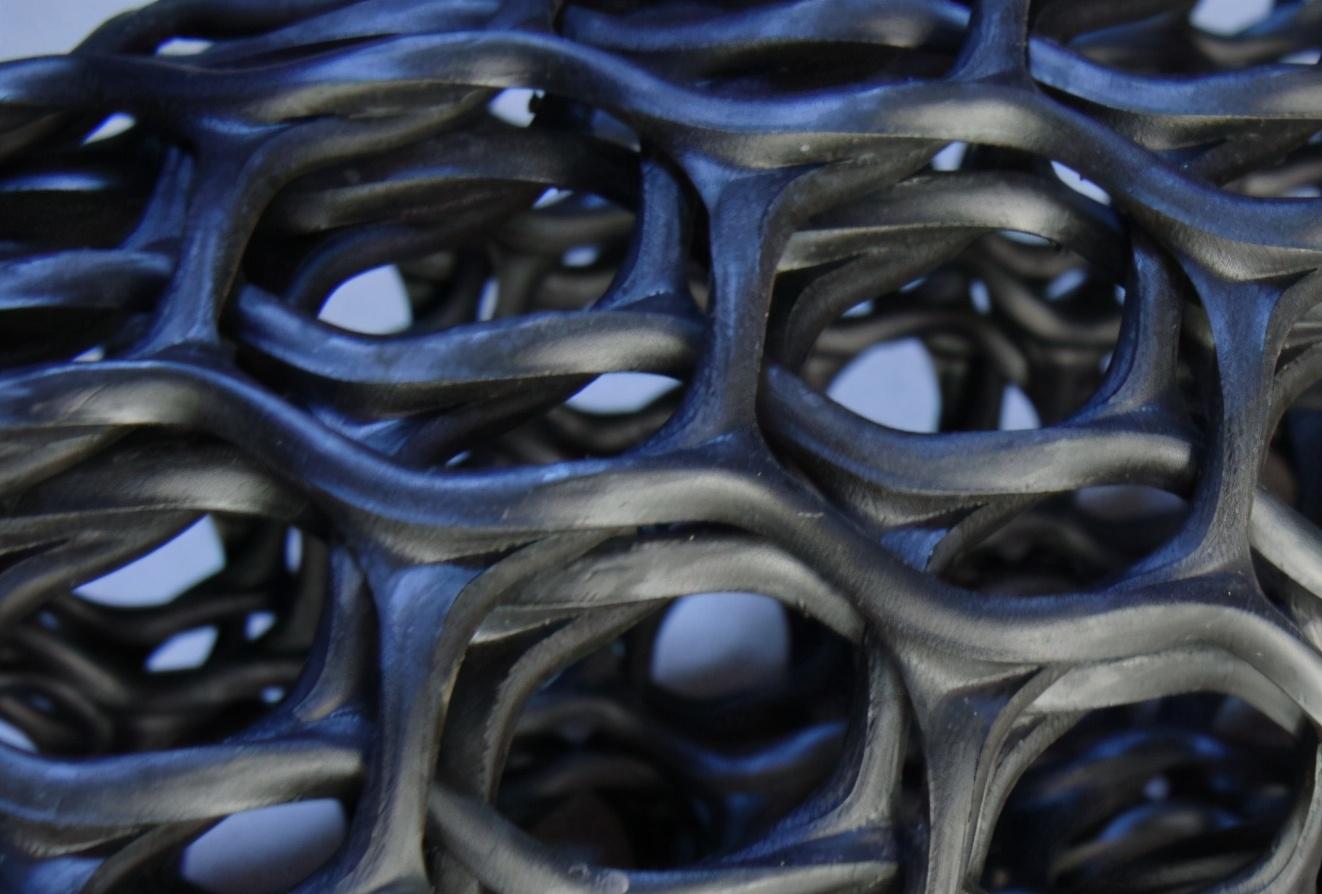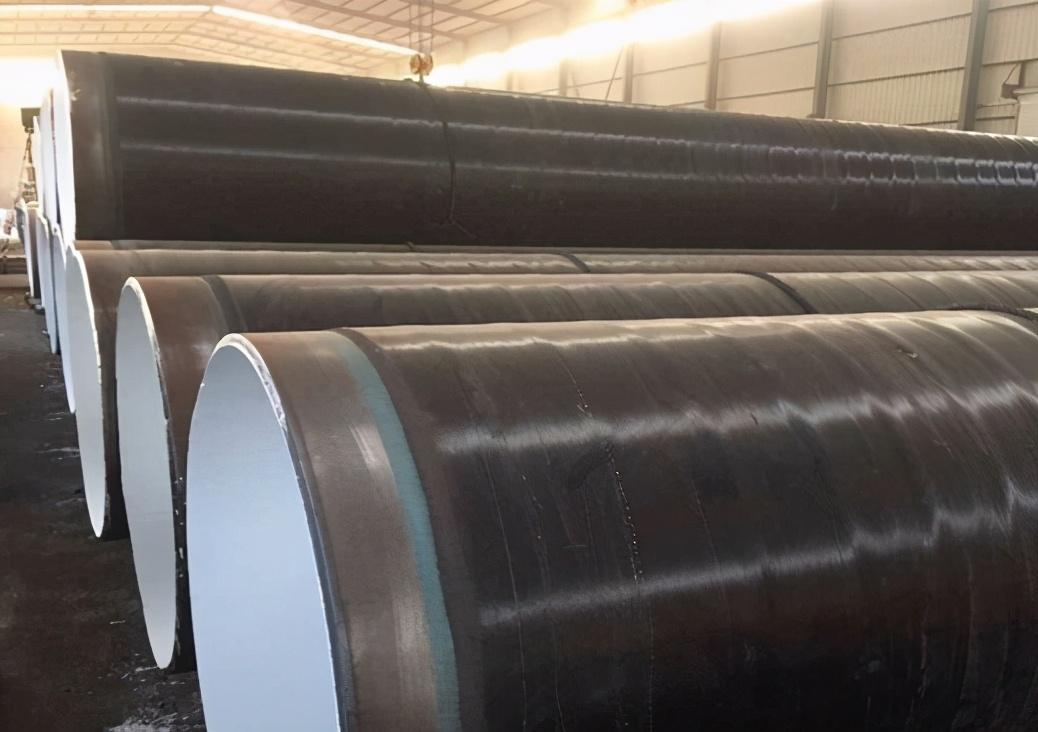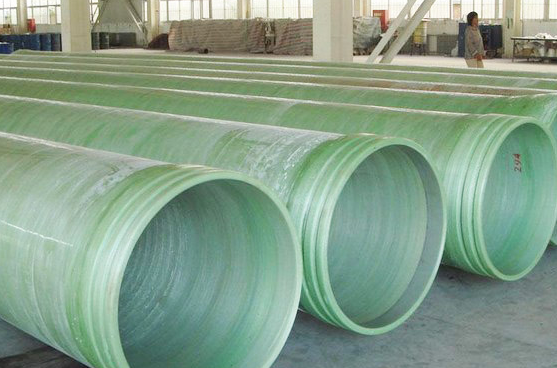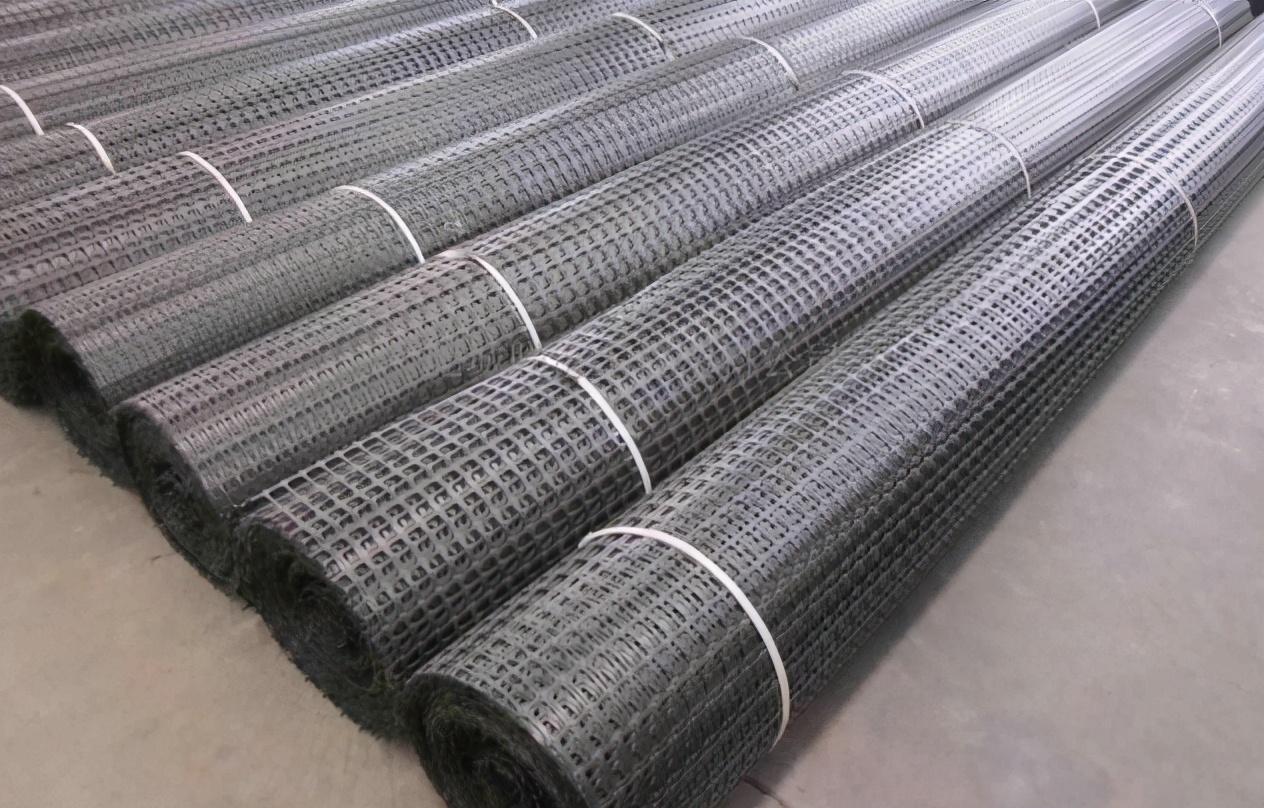According to a Russian satellite network report on January 15, Rostec weapons sources said that the Russian army’s future “Century” individual equipment will rely on special materials. Record light weight while providing greater protection than any existing body armor.
According to information released by Russia, the “Centennial” can stop shrapnel flying at a speed of 670 meters per second. It has excellent protection and can also Offsets the impact of a strike, thereby reducing the chance of a soldier sustaining visceral damage due to impact.
At present, the mainstream materials for body armor include Kevlar fiber, carbon fiber and high-strength PE fiber.
Among the three, high-strength PE fiber is the most promising material. Russia’s latest bulletproof vest design relies on this material.

Although polyethylene is usually regarded as synonymous with plastic, the gap between ultra-high molecular polyethylene fiber and plastic materials is very huge. Molecular polyethylene fiber is the world’s toughest fiber, 15 times stronger than steel.
Ultra-high molecular weight polyethylene, also known as UHMWPE fiber, its outstanding characteristics are inseparable from its extremely high molecular weight.
Generally speaking, only ultra-high molecular weight polyethylene resins with an average molecular weight greater than 1.7 million have properties that conventional molecular polyethylene does not have and that other engineering plastics cannot match. of excellent performance.
Therefore, polyethylene with an average molecular weight of more than 1.7 million is usually called ultra-high molecular weight polyethylene.

UHMWPE fiber is produced using gel spinning (also known as gel spinning) method. The existing production processes can be divided into two categories, one is the dry spinning method represented by DSM and Toyobo, and the other is the wet spinning method represented by Honeywell.
The main difference between the two is the use of different solvents and subsequent processes.
DSM process uses decalin solvent.
Decalin is easily volatile and can be spun by dry spinning, eliminating the need for a subsequent extraction section; Honeywell uses paraffin oil solvent, which requires a subsequent extraction section. , use the second solvent (extractant) to extract the first solvent.

The paraffin oil used by Honeywell and other companies is also called mineral oil or white oil. Generally, it is a hydrocarbon mixture with a boiling point higher than 350°C.
Most of the existing domestic manufacturers adopt a wet spinning process using paraffin oil as the solvent. The most commonly used extraction agents at home and abroad include chlorofluorocarbons (such as trichlorotrifluoroethane), solvent gasoline, toluene, xylene, methylene chloride, dichloroethane, etc.
CFCs are low-toxic, non-flammable and highly efficient in extraction, but their use is restricted by international conventions such as the protection of the ozone layer.
Therefore, finding efficient, low-toxic, and safe extraction agents has always been an important part of the development of UHMWPE fiber production processes.
Ultra-high molecular weight polyethylene fiber modified through chemical, physical and other methods has more characteristics and plays an important role in actual production and application. It has a huge role and is also a key research direction of scientific workers.

UHMWPE fiber has high specific strength and high specific modulus. Its specific strength is more than ten times that of steel wire of the same cross-section, and its specific modulus is second only to special grade carbon fiber.
The fiber density is low, the density is 0.97g/cm3, and it can float on the water.
It has low elongation at break, high work of break, and strong ability to absorb energy, so it has outstanding impact resistance and cutting resistance.
Resistant to ultraviolet radiation, neutrons and gamma rays, high specific energy absorption, low dielectric constant, and high electromagnetic wave transmittance.
Chemical corrosion resistance, wear resistance, and long flexural life.
It is also because ultra-high molecular weight polyethylene fiber has many of the above excellent properties. It is used in the high-performance fiber market, including mooring ropes in offshore oil fields and high-performance fibers. Performance lightweight composite materials have shown great advantages in aspects such as modern warfare and aviation, aerospace, maritime defense equipment and other fields.

As mentioned at the beginning of the article, because this material is not only extremely strong, but also extremely light, its unit density is only 0.97 g/��� cm². Since its density is smaller than that of water, body armor made of this material can float on the water even if it is thrown into the water.
“As thin as paper, as hard as steel” should be described appropriately. The military body armor it produces fully meets the requirements of sturdiness and weight.
In recent years, the global new materials industry has developed rapidly at a rate of about 20%, and the market development trend is very promising. It is undeniable that ultra-high molecular weight polyethylene fiber is one of the representatives.

However, ultra-high molecular weight polyethylene fiber has always been a scarce material worldwide. The world’s annual demand is about 50,000 tons, of which the United States accounts for 70%. However, the world’s production is less than 9,000 tons, leaving a huge gap.
Therefore, new materials are a key industry in the 21st century. Composite materials are an important trend in the development of new materials technology. Advanced composite materials have become the key to the development of new materials. important direction.
The outbreak of the epidemic has given rise to the transformation and upgrading of many industries. We believe that more Chinese industries will invest in the development of new materials in the future. and research, we will enter our own “new material era”.






